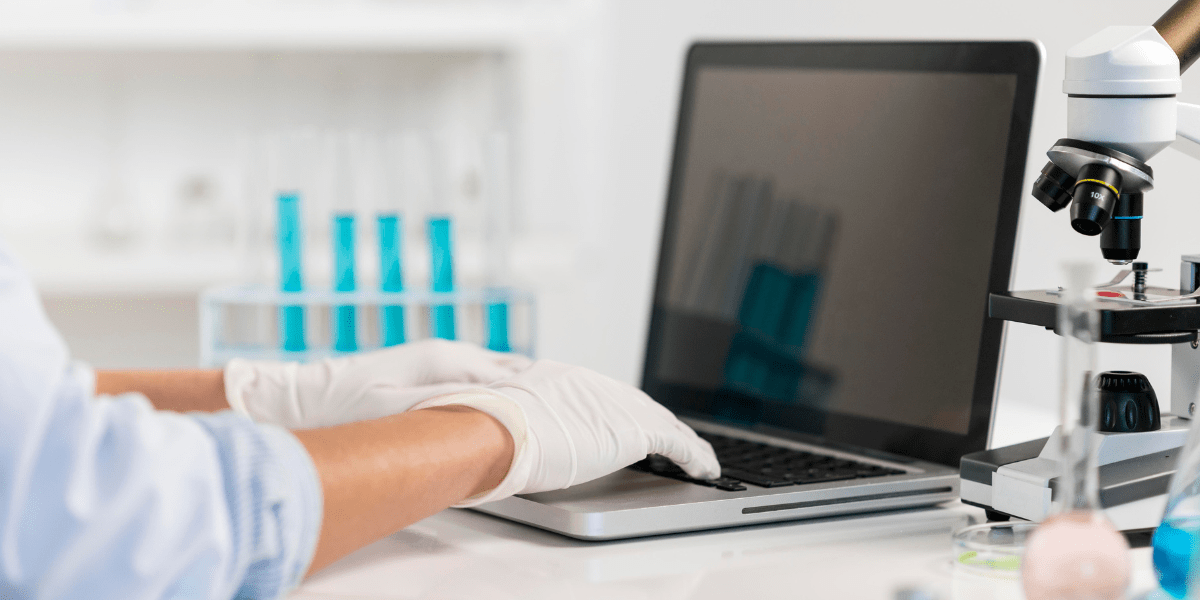Public health laboratories play a critical role in disease observation and prevention. These laboratories are responsible for collecting samples, conducting tests, and analyzing data to detect and monitor infectious diseases, outbreaks, and other public health concerns. With the increasing volume and complexity of data generated in public health laboratory settings, efficient data management is crucial for accurate analysis and effective decision-making. This is where Laboratory Information Management Systems (LIMS) come into play.
Challenges Faced Public Health Laboratories
Public health laboratories are essential in identifying and responding to public health threats. They serve as the first line of defense against outbreaks by quickly detecting, diagnosing, and monitoring diseases. Their work allows public health officials to implement control measures and prevent the further spread of infectious diseases.
However, managing public health laboratories requires numerous processes that can be challenging:
Data Management
Public health laboratories routinely handle vast quantities of data, including demographics, test results, and laboratory procedures. Organizing and managing this data manually can be time-consuming and error-prone. Furthermore, using multiple systems for data storage and retrieval can lead to data fragmentation and hinder efficient decision-making.
Workflow Efficiency
Efficient laboratory workflows are crucial for timely disease detection and response. However, manual processes and lack of automation can result in inefficiencies and delays in data collection, testing, and reporting. Standardization of procedures across laboratories is also important but can be challenging without a centralized system.
Collaboration and Information Sharing
Public health laboratories need to collaborate with various stakeholders, such as public health officials and other laboratories, to ensure effective disease surveillance and response. However, the lack of seamless information-sharing platforms can hinder communication and coordination efforts. Additionally, the integration of laboratory data with external systems, like electronic health records and public health databases, can be complex and time-consuming.
How LIMS Can Help
Centralized Data Management
LIMS provides a centralized database that allows public health laboratories to store, retrieve, and manage all laboratory-related data in one place. This eliminates the need for manual record-keeping, reduces the risk of data loss or errors, and ensures quick and easy access to relevant information for laboratory personnel.
Streamlined Processes
LIMS automates and standardizes laboratory processes, ensuring consistency and accuracy in data collection, testing, and reporting. It enables the definition and enforcement of standard operating procedures, minimizing manual tasks, reducing the chances of human error, and freeing up valuable time for laboratory staff to focus on more critical activities.
Enhanced Collaboration and Information Sharing
LIMS facilitates seamless information sharing and collaboration among public health laboratories and other stakeholders. It allows for secure and timely sharing of data, reports, and findings, enabling effective coordination in disease surveillance and response efforts. LIMS can also integrate with external systems, reducing duplication of effort and improving overall data connectivity.
Safeguarding Public Health with LIMS Solutions
As public health threats continue to evolve, the adoption of Laboratory Information Management Systems (LIMS) such as BTSOFT’s ALPACA LIMS is increasingly critical in safeguarding public health. By implementing a LIMS solution, public health laboratories can effectively manage infectious diseases and other health concerns, ensuring timely and effective responses. Schedule a demo to learn more and take the next step in safeguarding public health.





